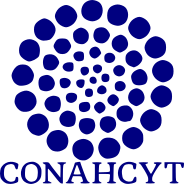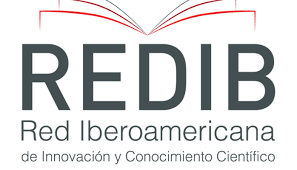MORFOLOGÍA DE LOS GRANOS DE POLEN DE LA FAMILIA POLEMONIACEAE DEL ESTADO DE QUERÉTARO, MÉXICO*
Abstract
Pollen characters of five species from four genera of Polemoniaceae from the state of Queretaro
are described and illustrated. The taxa studied
were: Bonplandia geminiflora Cav., Cobaea
scandens Cav., Gilia incisa Benth., Loeselia
coerulea (Cav.) Don. and Loeselia mexicana
(Lam.) Brand. Observations of pollen grains were
carried out under light microscopy (LM) and
scanning electron microscopy (SEM).
Three main pollen types were found: type I, represented by Cobaea, with spheroidal grains that
are pantoporate, semitectate, and reticulate; type
II, exemplified by Bonplandiaand Loeselia, with
spheroidal grains that are pantoporate,
semitectate, and striate or striato-rugulate, the
lirae provided with minute spinules; and type III,
demonstrated by Gilia, with spheroidal grains
that are zonoporate, semitectate, and reticulate.
The species could be separated according to
variation in pollen morphology
Downloads
Published
Issue
Section
License

Polibotánica by Departamento de Botánica de la Escuela Nacional de Ciencias Biológicas del Instituto Politécnico Nacional se distribuye bajo una Licencia Creative Commons Atribución-NoComercial-CompartirIgual 4.0 Internacional.




















